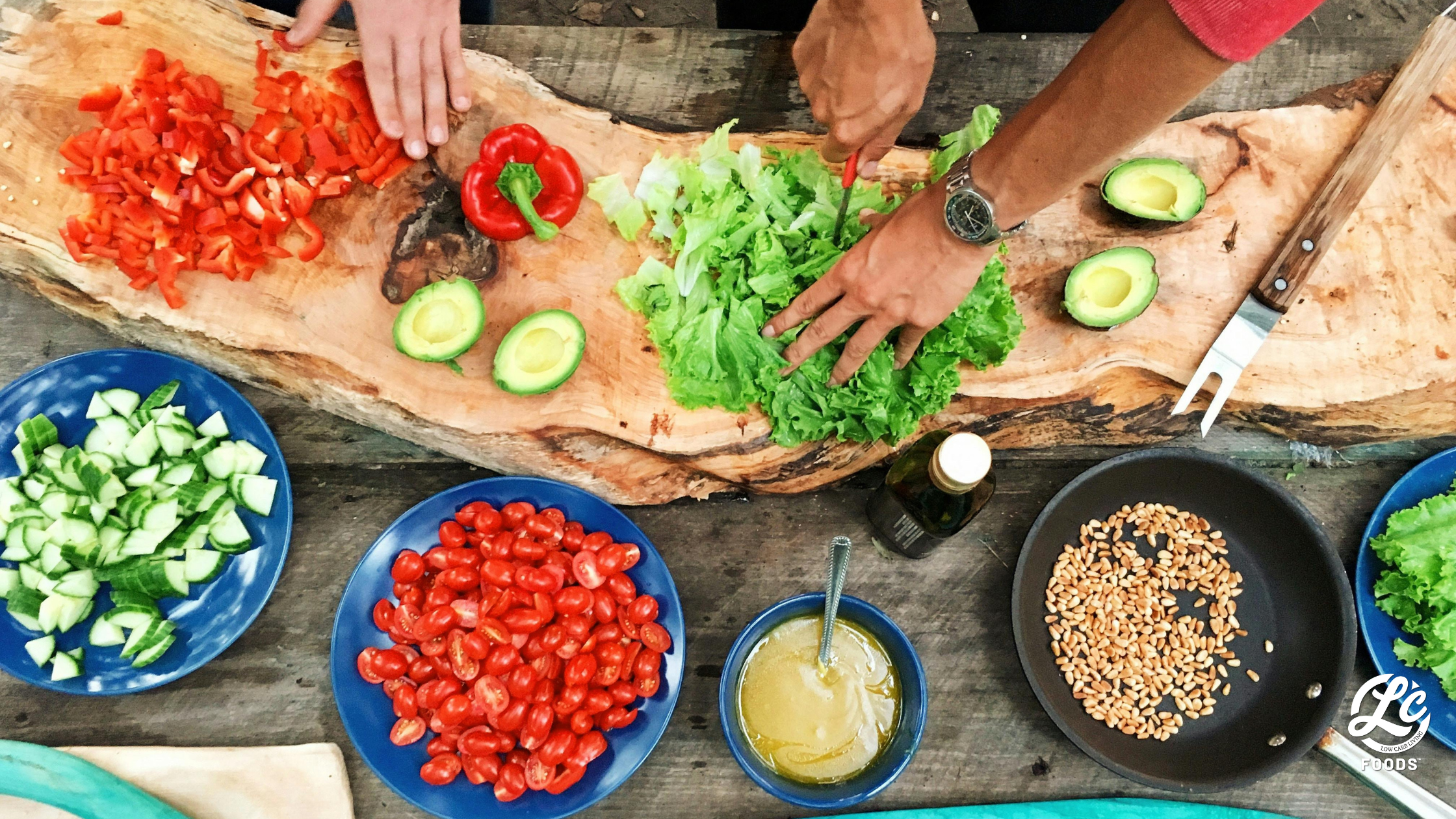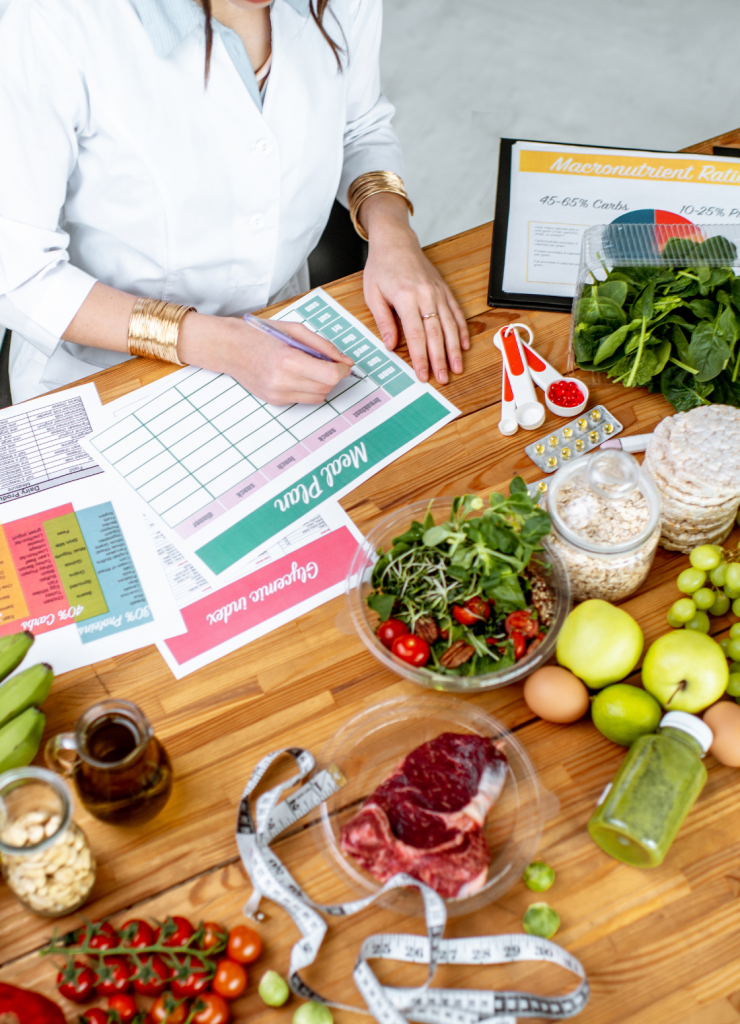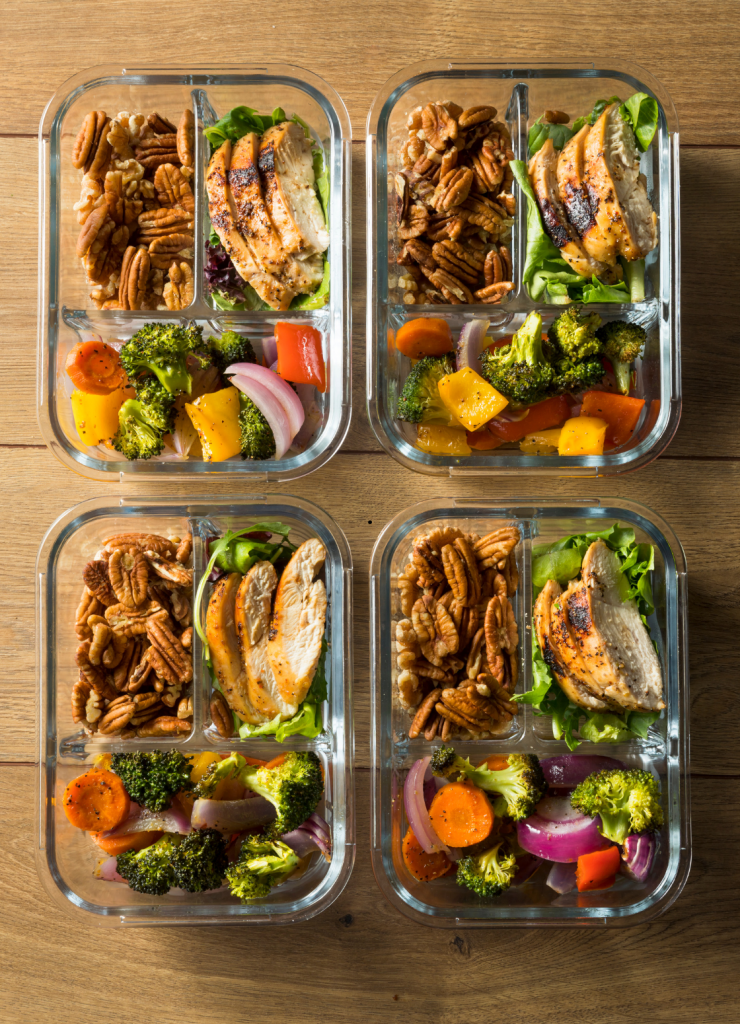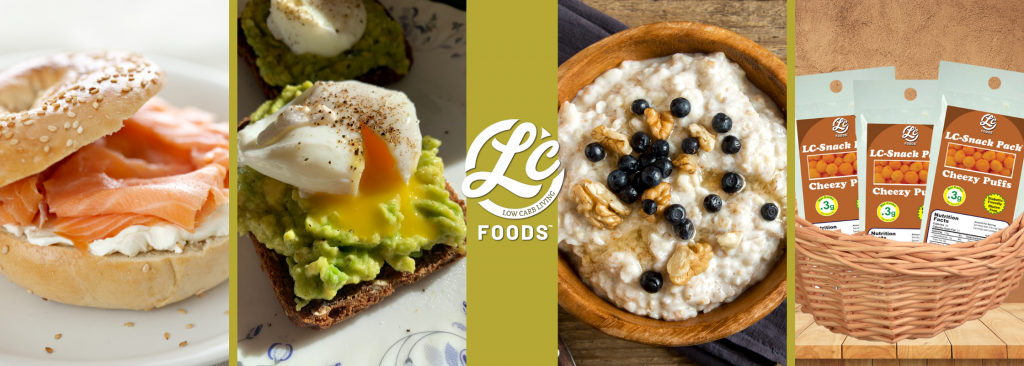
For those following a low-carb, low-sugar lifestyle, staying consistent can be especially challenging during hectic weeks. Whether juggling work, school, or family responsibilities, finding time to prepare nutritious, diet-friendly meals often takes a back seat. However, with proper meal prepping strategies focused on efficiency and balance, maintaining your nutritional goals becomes much more achievable. This comprehensive guide outlines everything you need to know to prep effectively for a busy week while staying aligned with your low-carb, low-sugar goals.

Planning Ahead
A successful meal prep week begins with intentional planning. When you’re eating low-carb and low-sugar, every meal counts. Mindless snacking or grabbing a quick, processed bite can throw your macros off and spike blood sugar levels. Begin by selecting your meals for the week. Aim for a mix of high-quality proteins, fiber-rich vegetables, and healthy fats. Think grilled chicken with roasted Brussels sprouts, zucchini noodles with turkey meatballs, or salmon with cauliflower rice. The key is balance and variety to keep your palate satisfied and your nutrition on track.
Using Digital Templates for Streamlined Prep
One of the most effective ways to stay organized is to create and use digital templates tailored to your dietary needs. Weekly meal planning templates, grocery list generators, and nutrition tracking spreadsheets simplify the process and reduce decision fatigue. You can easily convert static meal plans or shopping lists into editable spreadsheets to enhance flexibility and efficiency. Additionally, tools that convert PDFs to Excel can make meal planning easier by allowing for quick adjustments and personalization, especially when sourcing recipes from digital cookbooks or online guides with PDF formats. Just search for PDF to Excel tools that are free and easy to use, and your once-static recipes and lists become dynamic resources.

Cooking in Batches for Maximum Efficiency
Batch cooking is the cornerstone of efficient meal prep. Choose a few staple ingredients that can be cooked in large quantities and used across several meals. Proteins like ground beef, shredded chicken, hard-boiled eggs, and baked tofu store well and can be repurposed into salads, wraps, or bowls throughout the week. Vegetables such as broccoli, bell peppers, and green beans are ideal for roasting or steaming in bulk. Make a large portion of cauliflower rice or zucchini noodles and refrigerate or freeze them in meal-sized portions. Cooking everything at once may take a few hours on the weekend, but it drastically reduces daily cooking time and minimizes cleanup throughout the week.
Shopping with Strategy
Meal prepping starts at the grocery store. Create a list based on your planned meals and stick to it. This reduces impulse buys that often lean toward carb-heavy or sugary foods. Focus your shopping on the perimeter of the store, where you’ll find fresh produce, meats, and dairy. Avoid highly processed items and double-check labels for hidden sugars and starches. Buy in bulk when possible to save money and reduce mid-week trips. Frozen vegetables and proteins can be especially helpful for quick meals when your fresh ingredients run out. And don’t overlook pantry staples like almond flour, chia seeds, olive oil, and canned fish which provide quick additions to many dishes.

Satisfying Breakfasts and Snacks
While dinners and lunches tend to get most of the attention in meal prep, breakfasts and snacks are just as important. These meals often fall victim to high-carb convenience items when not prepared in advance. For breakfast, consider prepping egg muffins with spinach and cheese, chia pudding sweetened with stevia, or Greek yogurt with a sprinkle of flaxseed. Keep them in single-serving containers for a fast morning routine.
Snack prep is equally important. Create pre-packed servings of nuts and seeds, slice cucumbers and bell peppers for dipping in guacamole, or portion cottage cheese with cinnamon. Having low-carb, low-sugar snacks ready helps avoid the temptation of vending machine options or coffee shop pastries.
Keeping Meals Interesting With Themed Days
To avoid monotony and simplify planning, assign theme days. For example, Meatless Monday, Taco Tuesday (with low-carb tortillas or lettuce wraps), or Sheet Pan Sunday can inject creativity into your routine. Themed days reduce planning fatigue and build anticipation around meals. Rotate your themes every few weeks or keep a set rotation that you and your household enjoy. Over time, you’ll build a repertoire of go-to meals under each theme, making prep even more effortless.
Sustaining Your Meal Prep
- Start small if you’re new to meal prepping. Even prepping just two or three days ahead can make a big difference.
- Use what you have before buying new ingredients. This reduces waste and makes your prep more budget-friendly.
- Invest in good tools like sharp knives, a food processor, or slow cooker to save time and effort.
- Stay flexible. Life happens. Don’t stress if you end up eating out one night. Simply return to your plan the next day.
Consistency is key when following a low-carb, low-sugar diet. With a bit of planning, some upfront effort, and the help of digital tools, you can navigate even the busiest weeks without compromising your health goals. Meal prepping not only supports better eating but also brings peace of mind and structure to your schedule, one container at a time.
Craving delicious low-carb options? Discover a world of tasty bagels, breads, snacks, and more at LC Foods and transform your meals today!

Written by Brad Krause
Brad Krause created Self Caring after years spent putting his own self-care on the back burner. His goal now is to educate people on the importance of self-care by providing tips and tricks that are easy to implement.
